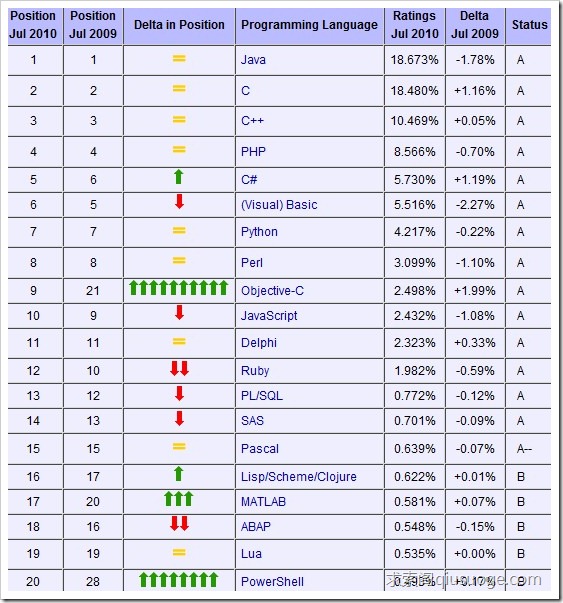让窗口一启动就最大化
把应用程序类(CxxxApp)的 InitInstance() 函数中的
m_pMainWnd->ShowWindow(SW_SHOW); 改为
m_pMainWnd->ShowWindow(SW_SHOWMAXIMIZED);
则窗口一启动就最大化显示。
在将应用程序类(CxxAPP)的 InitInstance() 函数中加入:
m_pMainWnd->SetWindowPos(NULL,x,y,Width,Height,SWP_NOMOVE);
Width为窗口宽度,Height为窗口高度
SWP_NOMOVE表示忽略位置(x,y)。
如:
BOOL CDzyApp::InitInstance()
{
AfxEnableControlContainer();
……
// The one and only window has been initialized, so show and update it.
m_pMainWnd->SetWindowPos(NULL,0,0,750,555,SWP_NOMOVE);//设置窗口的初始大小为750*555
m_pMainWnd->ShowWindow(SW_SHOW);
m_pMainWnd->UpdateWindow();
return TRUE;
}
以下两种方法可任选其一:
①在应用程序类(CxxxApp)的 InitInstance() 函数中加入:
m_pMainWnd->CenterWindow( GetDesktopWindow() );
②在主框架类(MainFrm.cpp)的OnCreate()函数中加入:
CenterWindow( GetDesktopWindow() );
如:
int CMainFrame::OnCreate(LPCREATESTRUCT lpCreateStruct)
{
if (CFrameWnd::OnCreate(lpCreateStruct) == -1)
return -1;
……
// TODO: Delete these three lines if you don't want the toolbar to
// be dockable
m_wndToolBar.EnableDocking(CBRS_ALIGN_ANY);
EnableDocking(CBRS_ALIGN_ANY);
DockControlBar(&m_wndToolBar);
CenterWindow( GetDesktopWindow() ); //使窗口打开时处于屏幕正中
return 0;
}
窗口标题一般形式为:文档标题 - 程序标题
1、设置文档标题:
在文档类(CxxxDoc)的OnNewDocument()函数中加入语句:SetTitle("文档名");
如:TextEditorDoc.cpp:
BOOL CTextEditorDoc::OnNewDocument()
{
if (!CDocument::OnNewDocument())
return FALSE;
// TODO: add reinitialization code here
// (SDI documents will reuse this document)
SetTitle("未命名.txt"); //设置文档标题
return TRUE;
}
2、设置程序标题:
在框架类(CMainFrame)的PreCreateWindow()函数中加入语句:m_strTitle = _T("程序标题");
如:MainFrm.cpp:
BOOL CMainFrame::PreCreateWindow(CREATESTRUCT& cs)
{
if( !CFrameWnd::PreCreateWindow(cs) )
return FALSE;
// TODO: Modify the Window class or styles here by modifying
// the CREATESTRUCT cs
m_strTitle = _T("文本整理器"); //设置程序标题
return TRUE;
}
以上两点比较适用于视图-文档结构的程序,在新建文档时,系统会自动运行OnNewDocument()函数,在其中可以设置合适的标题。对于未采用文档的程序可以用下面的方法修改标题:
3、修改窗口标题:
修改窗口标题一般在打开文件函数OnFileOpen()和另存为函数OnFileSaveAs()中进行,可以使用下面的函数:
AfxGetMainWnd()->SetWindowText("文档标题"+" - "+"程序标题");
其中文档标题和程序标题可使用定义过的串变量。







